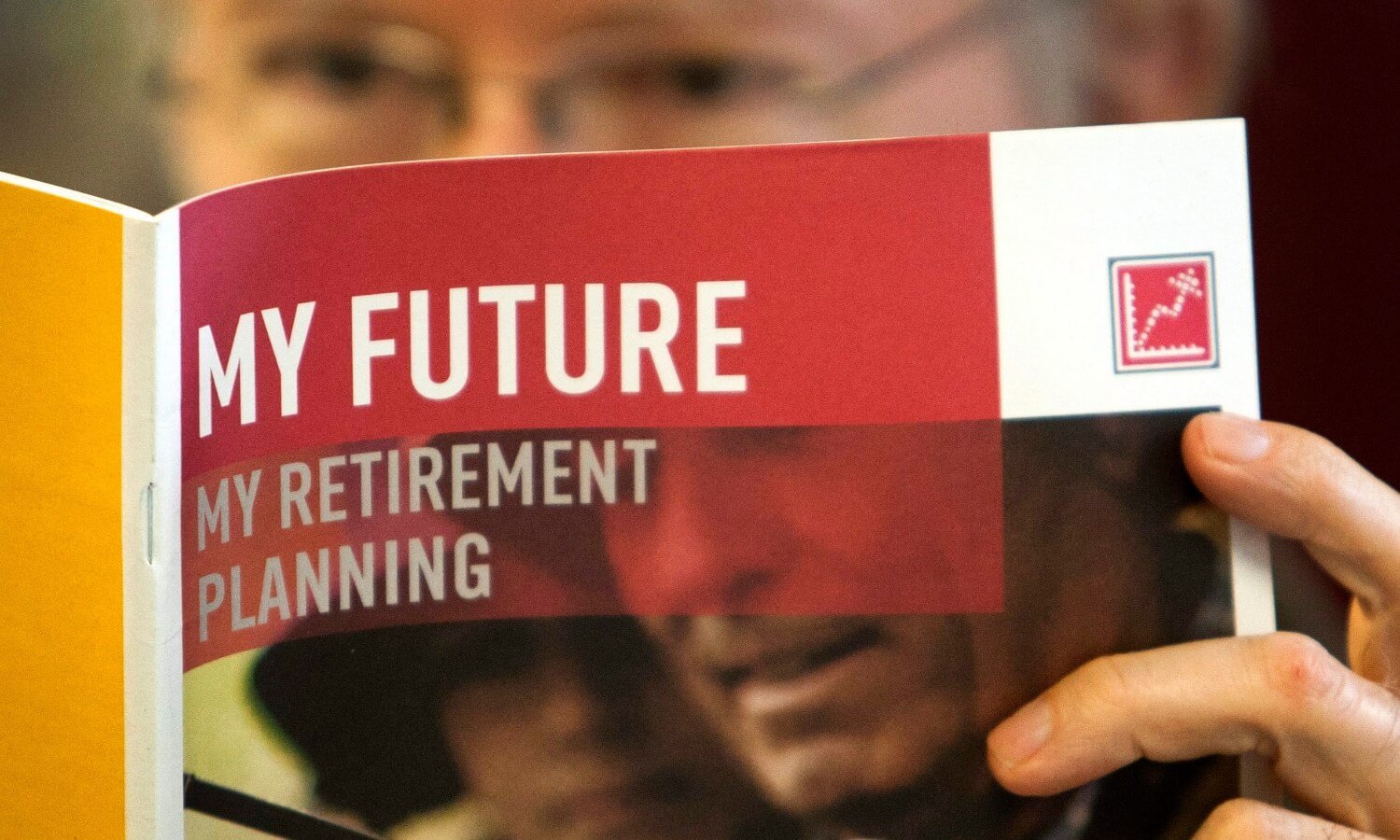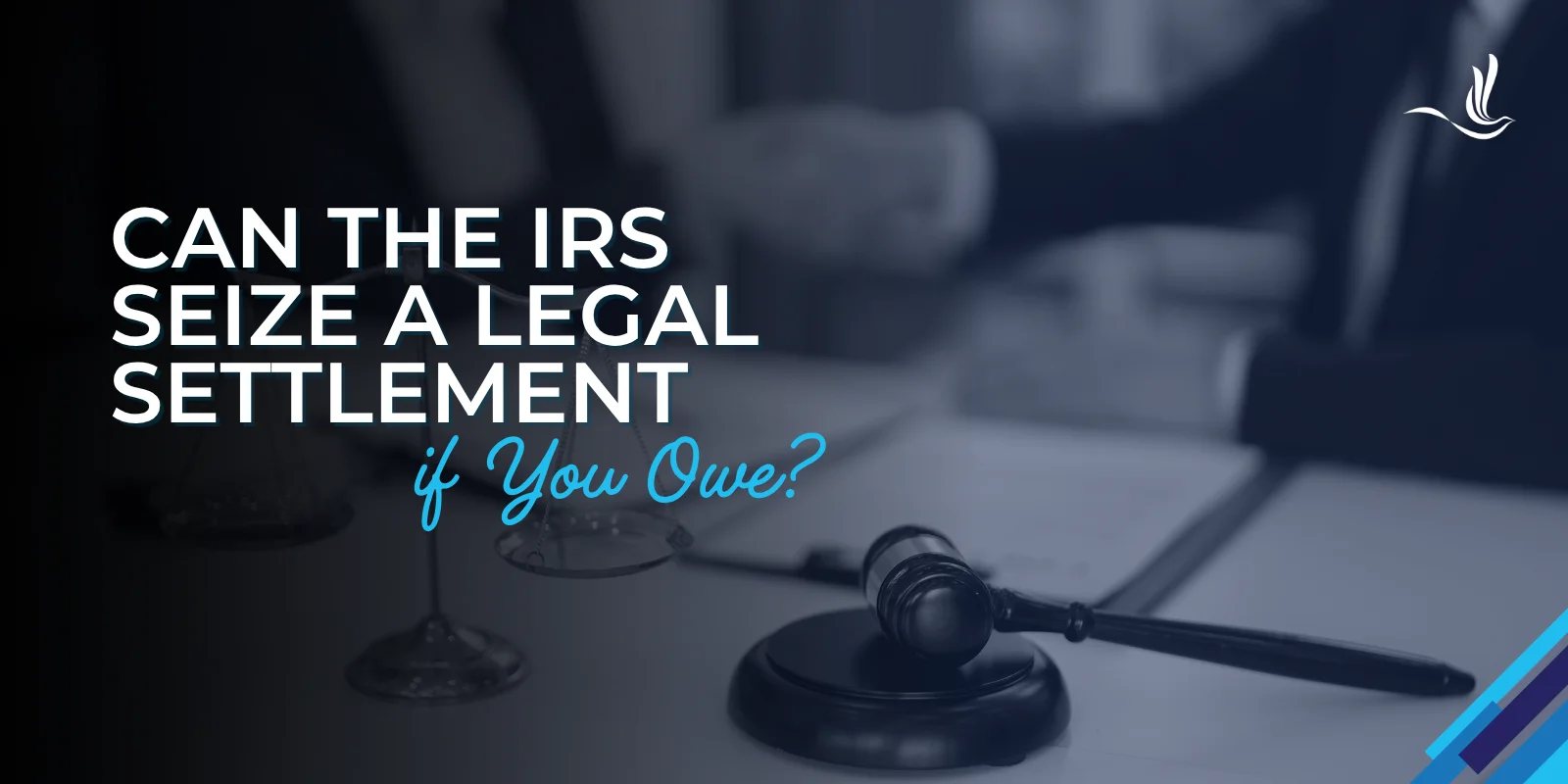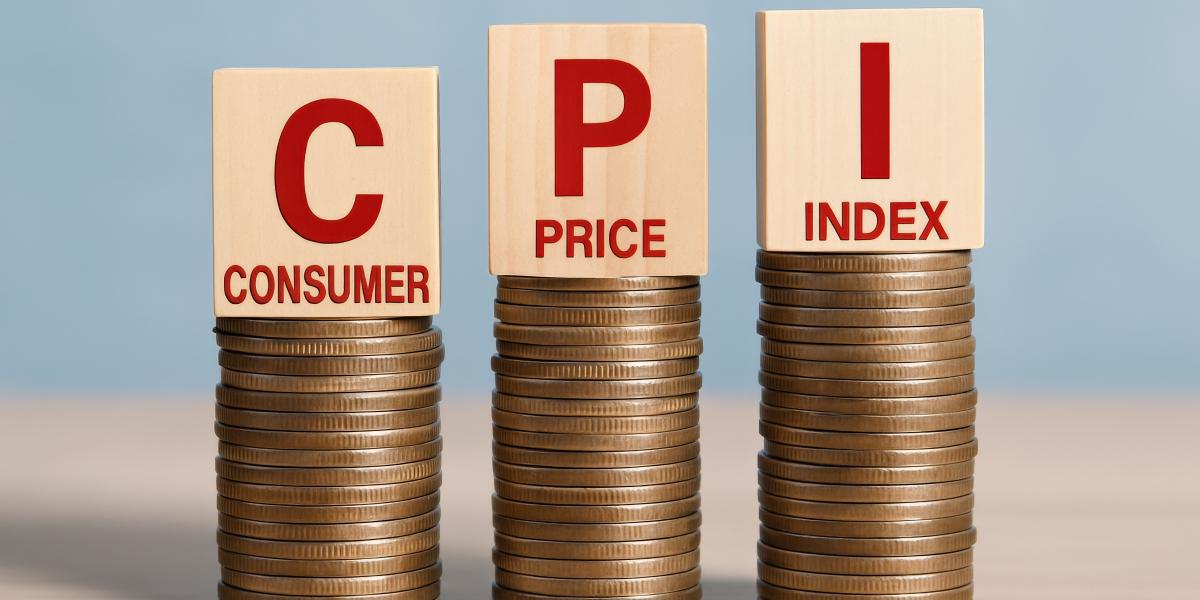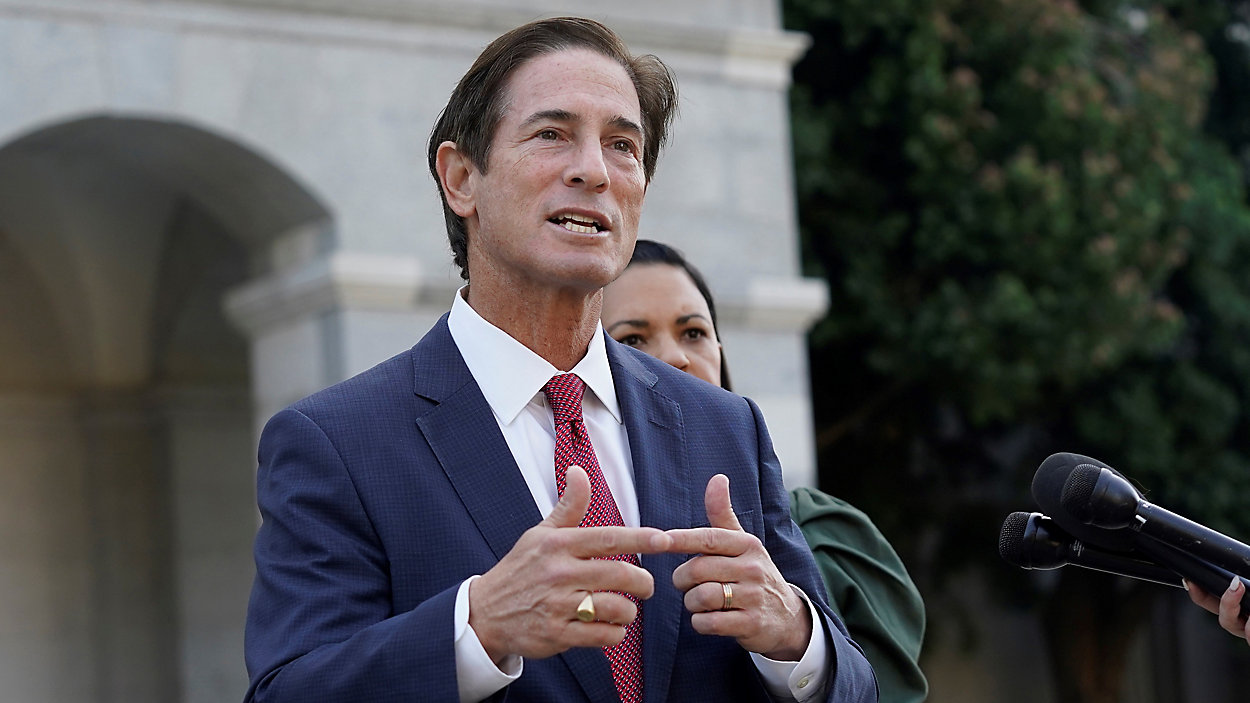When the time comes, RRSP, or registered retirement savings plan accounts, are converted to RRIF, or registered retirement income fund accounts, a change that needs to be made by the end of the year that you turn 71.
Shifting your portfolio for RRIF withdrawals
You can hold the same investments in a RRIF as you hold in an RRSP, but you won’t be able to continue making fresh contributions like you did before the conversion. Rather, the opposite will be the case. You are required to withdraw amounts based on your age every year, with the percentage rising as you get older. “It’s designed to be depleted throughout your lifetime. So I find that’s challenging for a lot of people,” Andrade says.
Part of the shift in retirement can be a change in the composition of your portfolio. Andrade said she typically takes a “bucketing” approach for clients when building a RRIF portfolio, with a portion set aside in something with no or very little risk that can be used for withdrawals. That way, if the overall market takes a downturn, clients aren’t forced to sell investments at a loss because they need the cash.
Planning withdrawals to protect retirement income
Andrade says having the available cash is important when you are depending on your investments to pay for your retirement. “I want to make sure the money is there when I need it and if the market performs poorly or there’s a downturn, you still have time to recover,” she says.
Withdrawals from an RRIF are considered taxable income. So even though the money may have come from capital gains or dividend income inside the RRIF, when you withdraw it, it’s taxed as income, making the planning of the withdrawals important.
There is no maximum to your RRIF withdrawals in any given year, but you may incur a significant tax hit if the amount is large and pushes you into a higher tax bracket. If a big withdrawal pushes your income high enough, you could also face clawbacks to your OAS.
Tailor your retirement plan to your needs
Just because you are taking the money out of a RRIF account doesn’t mean you have to spend it. If you don’t need the money and have the contribution room, you can take the money and deposit it into a TFSA where it will grow, sheltered from tax.
Sandra Abdool, a regional financial planning consultant at RBC, says having money outside of your RRIF can help you avoid making big withdrawals and facing a large tax hit if you suddenly find yourself with a pricey home repair or needing to make big-ticket purchase like a new vehicle.
X
“How you weave this is very much specific to each client. It’s really going to depend on what are your sources, how much income do you need, what is your current tax bracket, and what is the tax bracket projected to be by the time you get to 71,” she says.
Abdool says you should be having conversations with your financial adviser well before retirement to ensure you are ready when the time comes. “By putting a plan in place, you’re going to be prepared knowing that the income you’re looking for will be there and you’ll have the peace of mind knowing how things are going to unfold in the future,” she said.




























